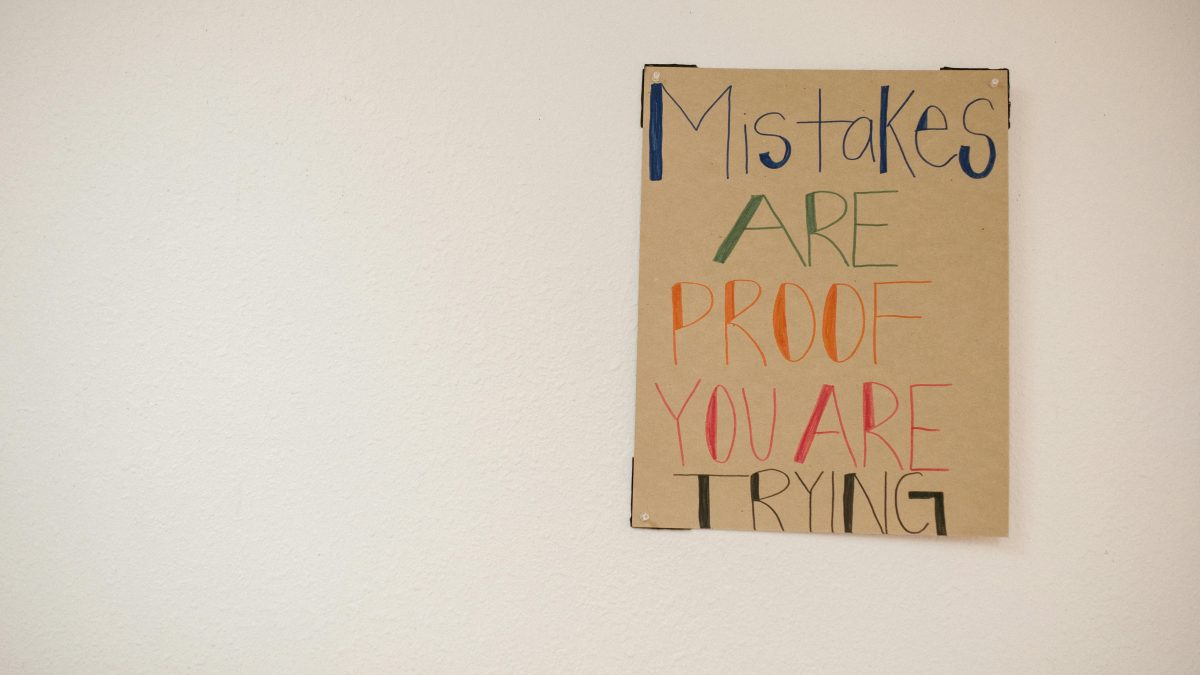Human beings also learn, to a large extent, through trial and error, a process that has been implicitly present since their earliest life experiences. Although it may seem like a slow or imperfect process, it is a natural strategy that has accompanied both the evolution of the human species and the development of science and technology. For example, a child learns to walk by falling over and over again until they achieve balance. A student solves problems by making mistakes before arriving at the correct solution. Similarly, an adult makes decisions and faces their consequences, which represents a constant challenge that drives their learning. In this case, the changes are not completely random. At least in principle, the aim is for them to lead to a better result.
Those that are considered unpromising or highly likely to fail are usually discarded in advance. This is how trial and error is applied in multiple areas: from a child learning to walk, to a scientist adjusting an experiment, or an entrepreneur testing different business strategies.
Trial and error as a learning strategy
The trial and error method consists of trying different options, looking for the one that leads to the best solution in order to achieve the desired result. At first glance, mistakes may seem like failures; however, they actually represent opportunities to obtain valuable information, identify alternatives that do not work, and redirect efforts towards more effective paths.
In today’s business environment, where uncertainty and rapid market evolution exert strong pressure, companies need to adopt agile approaches that allow them to innovate and adapt quickly. Eric Ries’ book Lean Startup proposes a method based on constant experimentation, validated learning, and efficient use of resources to develop products and services that truly meet customer needs. This methodology encourages companies to test solutions even in draft and unfinished form, through short cycles of trial and error, minimising risks and optimising the creation process, which is key to achieving sustainable success in a competitive environment.
The ‘God Complex’
This method is essential for learning and innovation, but it often faces the so-called ‘God Complex,’ as Tim Harford christened it in his TED talk, from which I took the title of this column. It is an attitude that seeks to achieve perfection on the first attempt. For many of us, this attitude is deeply ingrained, and we do not allow ourselves to make mistakes or make quick decisions, convinced that everything must go right from the start. This perception stems from the belief that making mistakes is a negative thing and is reinforced by the pressure of social judgement; it also limits creativity and generates a fear of taking risks, reducing the capacity for innovation. We often overestimate our ability to predict the future and underestimate the lessons that reality can teach us about an idea.
This has been a fundamental driver in the development of technology, as inventors and scientists use this method to test different solutions, identify faults and correct them until they achieve functional results that lead to the expected outcome. From the first attempts to create simple machines to current advances in artificial intelligence, this process has shown that every mistake is, in fact, an opportunity to learn and improve. In technology, making a mistake does not mean failing, but taking one more step towards the right solution.
Accepting trial and error as a path in the processes of discovery and implementation is to recognise that perfection rarely comes from a first attempt. True improvement comes from repetition, perseverance, and the ability to learn from each mistake. Ultimately, this method teaches us humility, resilience, and the importance of trusting in gradual processes of growth.
